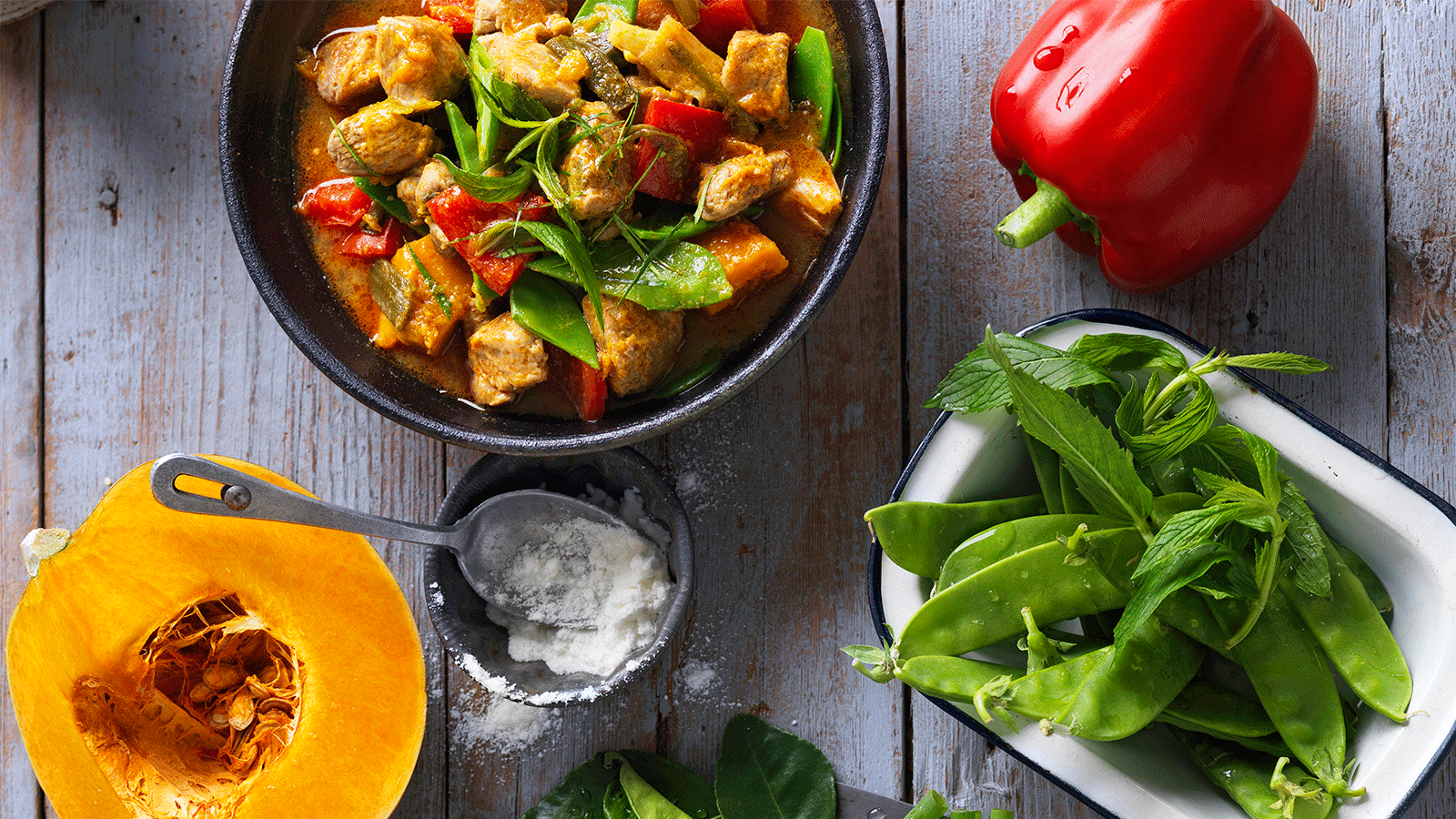Does a gluten-free diet help weight loss?


Gluten-free diet and weight loss
WeightWatchers® is tracking this area very carefully. While gluten-free diets are a necessity for people with coeliac disease or wheat allergy, research on non-coeliac gluten sensitivity is still emerging and there are no conclusive diagnostic tests available.
There is certainly no clear evidence that going gluten-free will provide weight-loss or health advantage in healthy people who do not have gluten-related symptoms. Instead, without appropriate guidance from a health professional, any long-term unnecessary restriction of gluten may lead to nutritional deficiencies and health problems, such as constipation and anaemia. So it’s vital you seek advice from a health professional before going gluten-free.
WW program and gluten-free
If you need to follow a gluten-free diet you’ll find it easy to combine the WW program with the specific advice and modifications recommended by your health professional. Our program includes all types of food – from gluten-free crackers to bread. You can also use our app to work out the Points of your favourite recipes.
Remember, WW is here to help you achieve a healthier lifestyle. Your health professional will advise you on your gluten-free program and ensure your eating plan is nutritionally balanced via regular tests and assessments. Some people with coeliac disease also require specific vitamin and mineral supplements. If you decide to join WW, be sure to share your program materials with your doctor, accredited practising dietitian or health professional.
WW tip: Always follow your health professional’s guidance over and above any general nutrition or weight-loss advice you receive from WW.
Where is gluten hidden?
Following a gluten-free diet can be daunting at first, as the main grains containing gluten are widely used as food ingredients. It’s not as simple as just choosing gluten-free bread, pasta, pizza dough and biscuits. Gluten can appear in many other foods and food additives.
Gluten can be hidden in:
- Baking powder
- Beer and ale
- Bread and other baked goods
- Breakfast cereals, including regular rice puffs and corn flakes
- Canned baked beans
- Condiments and sauces, including soy
- Cornflour (wheaten)
- Icing sugar
- Imitation meat and seafood
- Malt extract and malt vinegar
- Processed luncheon meats and sausages
- Salad dressings
- Seasoned rice mixes
- Semolina
- Soups and soup bases
- Spelt
- Starch (wheat)
- Stock
- Wheat-derived dextrin
- Wheat-derived maltodextrin
- Wheat-derived pre-gelatinised starch
- Wheat-derived thickeners 1400–1450
How do I read food labels for gluten?
By law all packaged food products must declare wheat, rye, barley and oats in the ingredients panel. If you are going gluten-free these products should be avoided. Products with disclaimers such as ‘may contain gluten’ or ‘manufactured on equipment used to make gluten-containing products’ should also be treated as if they contain gluten as they may have experienced cross-contamination during processing or manufacturing. However, if a supermarket product is labelled 'gluten-free’ you can be confident it is safe, as it has been tested to contain no detectable gluten.
Some products may still be gluten-free even if they contain ingredients such as glucose, dextrose and other additives derived from wheat. These products are safe to consume in a gluten-free diet because they are so highly processed no traces of gluten are detectable in the final product.
Always check food labels, even if it’s your favourite gluten-free product that you buy all the time, as manufacturers can change their formulation without notification.
There are now so many gluten-free products available that you really can have your gluten-free cake and eat it, too. Just remember not all gluten-free products are a good choice for your healthy goals. Some products may still be high in kilojoules and/or fat and sugar. Check out the range of specialist products at your local supermarket, health-food shop or online stores and look for healthier choices.
WW advice: Just because a product is gluten-free doesn't mean you should eat it daily! When choosing products, let the Points value guide you or compare the nutrition panel with a similar product.
Gluten-free cooking and eating out
As little as 50mg of gluten (equivalent to 1/100th of a slice of standard wheat bread) can damage the small intestine in people with coeliac disease. So ensure all ingredients used in cooking and food preparation (including garnishes, dressings and sauces etc) are gluten-free. Stock up on gluten-free recipes and try substituting gluten-free products in other recipes where possible.
Many restaurants have online menus so you can screen your options ahead of time. If they don’t appear to have gluten-free meals, you could call the restaurant to see whether they have a separate gluten-free menu or could make some of their meals gluten-free.
Are oats gluten-free?
Oats do contain gluten, but there is no reliable test to detect the specific protein involved. Some people on gluten-free diets find they are able to tolerate the gluten in oats, but you can’t rely on the absence of symptoms to confirm tolerance. While there are oat products that boast they are free of cross-contamination from wheat, rye or barley crops, these are still not gluten-free. Therefore many researchers and health professionals recommend oats not be included in a gluten-free diet.
Wholegrains and gluten
It’s important not to avoid gluten without good reason as wholegrains provide essential nutrients and research shows they can play a powerful role in health protection and weight management. Research shows consumption of wholegrain foods, such as wholegrain breads, breakfast cereals, rice, pasta and noodles, reduces the risk of diseases such as diabetes, stroke, some cancers and cardiovascular disease. A study in the US found that consuming 3 serves of wholegrains each day reduced risk of death in people with Heart disease by 23 per cent, compared to those who consumed an average of 0.1 serves a day.